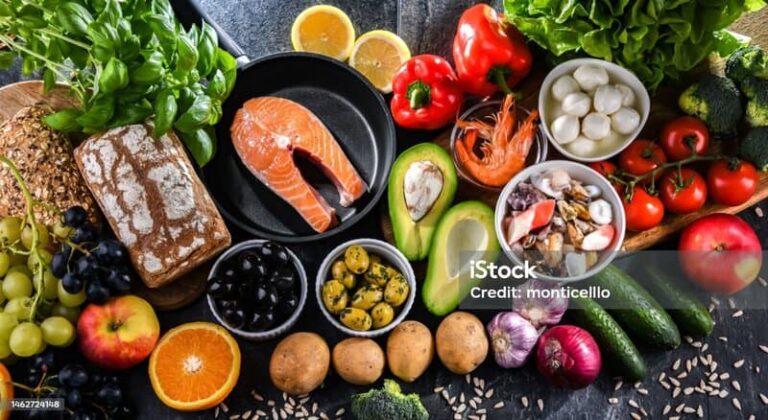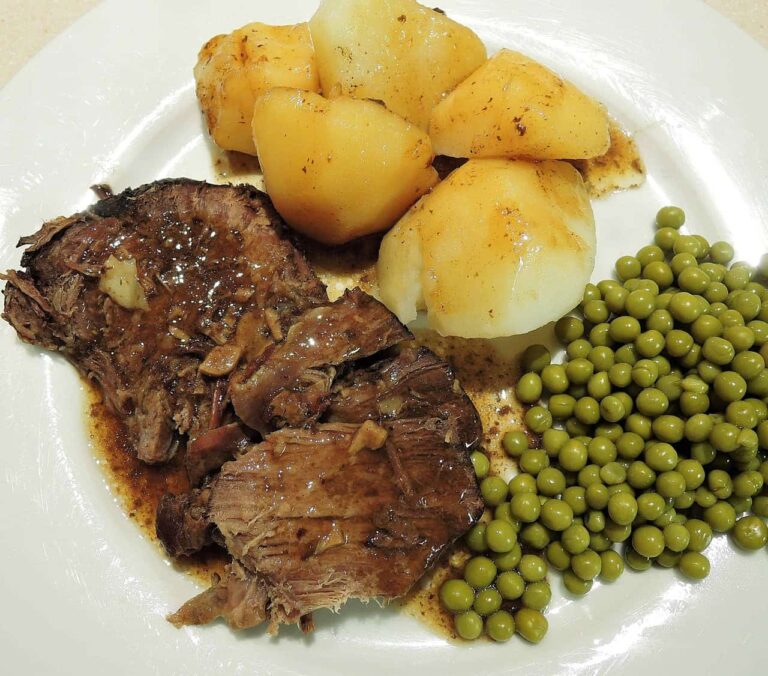Seasonal Produce Guide: What to Eat and Cook Year-Round
Seasonal produce options can be found throughout the year. During each season, produce that peaks in growth at that time is harvested. Soon after harvest is a great point to purchase and consume produce items. This is when these items are at their most nutritious. This is also when they are at their tastiest.
Buying seasonal produce locally can be cost-effective. It can also economically help farmers in your area. In addition, purchasing locally-grown seasonal produce can be an environmentally friendly option. Seasonal produce is flavorful and does not need to be prepared in complicated ways. It can also feature in delicious recipes.
Reasons for Choosing Seasonal Produce
Healthline explains: “Each food has a growing cycle.” Produce is harvested when its growth has reached its peak. This peak point is when produce is most nutritious and delicious. The produce consumed at this point can be described as seasonal. Seasonal produce is a term representing produce eaten near the point of harvest. The Seasonal Food Guide states: “Seasonal food is fresher.” It is more easily accessible locally and does not require transportation over long distances.
The practice of eating seasonally can be a good idea for several reasons. Cosmo Appliances states this “is one of the best ways to enjoy fresh, flavorful produce.” Consuming produce at seasonal points helps support local produce growers. It promotes environmental sustainability. It can even be a good financial choice. Cosmo Appliances explains: “Seasonal fruits and vegetables are… often more affordable.”
Details of Seasonal Produce Health Benefits
Eating seasonal produce is a nutritious choice. When produce is in season, its nutrients are present in abundance. Healthine states: “Studies suggest that storing fresh produce can cause chemical changes and nutrient losses.” Levels of magnesium, calcium, and potassium have all been found to drop as vegetables wait in grocery stores for purchase. It has also been found, according to Healthline, that “Vitamin C levels can decrease by 10-90% during canning.” However, freezing or canning produce at its peak can preserve nutrient content.
Searching for seasonal produce can also have positive financial and environmental impacts. Healthline states: “Farms provide employment and are integral parts of our food system.” You can help support farms in your area by purchasing local produce. This produce, recently harvested, will arrive at your home fresh. According to Healthline, “there will be fewer costs associated with shipping and storage.” These lower costs may translate into affordable purchasing possibilities. In addition, purchasing seasonal produce locally can be environmentally responsible. The lack of long-distance shipping ensures that the carbon footprint created through purchasing is smaller.
Produce Options by Season
Growing cycles impact when produce is harvested. Healthline states spring produce items “germinate in colder soil and can tolerate cold temperatures.” Spring produce includes radishes, rhubarb, and spinach. Produce harvested in summer can flourish in hot weather. According to Healthline, summer produce is “sensitive to frost.” Cucumbers, summer squash, and melons are all harvested in summer.
Healthline explains that produce gathered in autumn and late summer is “harvested for storage.” Onions fall into this harvesting cycle. So do potatoes. Also, apples, butternut squash, and pumpkins are harvested in autumn. Brussels sprouts can be harvested in autumn and winter. Kale and kiwi are harvested in winter.
Seasonal Produce Preparation Ideas
Produce consumed seasonally does not need elaborate preparation. Healthline cites Katie Webster, a Vermont-based creator of seasonal recipes. Webster advises: “Seasonal ingredients are already at their best.” One preparation suggestion Webster offers is to add chopped seasonal vegetables to a main course.
There are many delicious uses for spring produce. Compotes and pies, for instance, can be made from rhubarb. Strawberries and rhubarb can also be combined in recipes. Summer produce is also wonderful in many recipes. For example, cucumbers can be salad ingredients. They can also be pickled. Autumn produce is versatile, as well. Like rhubarb, pumpkins are great for pies. Soup incorporating pumpkin is also tasty. Produce harvested in winter is also delicious and useful. Kiwi, for instance, can be a component in a fruit salad. It can also be a featured flavor in a dessert.







